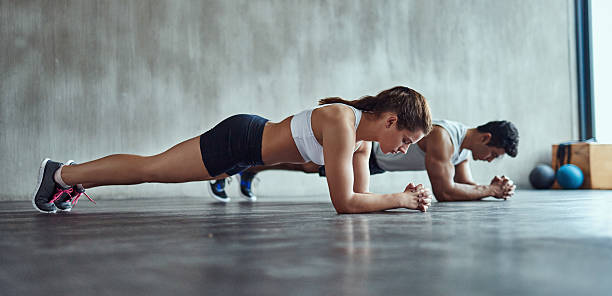Plank Every Day for 60 seconds | Plank Exercise Variations
You Need To Hold A Plank Every Day For 6 Weeks! Complete This 60-Second Plank Challenge To Strengthen Your Core, Lose Belly Fat, and Reveal Your Abs
Planking every day may seem like an intense core challenge, but holding a plank for just 60 seconds per day can greatly benefit your fitness. From tighter abs to better posture to reducing back pain, a simple plank routine helps strengthen core muscles that support your entire body.
Read on to learn why you should add planking to your daily exercise regimen and how to do it safely and effectively.
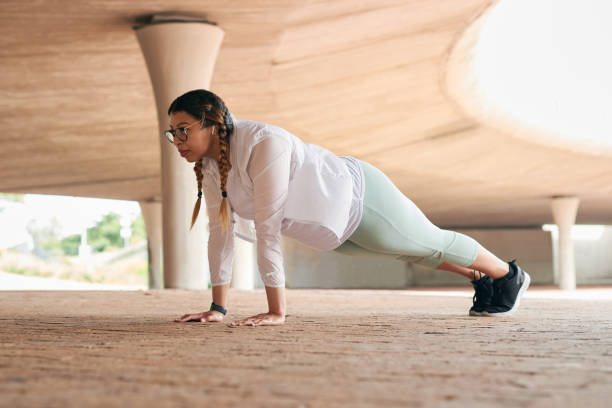
Why Add Planks to Your Daily Workout?
Planks top the list as one of the most effective core-strengthening exercises.
Holding your body in a straight plank position—propped up on forearms and toes—uses core muscles in your hips, belly, back and pelvis to stabilize your whole body at once. It’s essentially a moving isometric exercise for all your core groups.
You know improved core strength provides all sorts of benefits, from sports performance to preventing injuries to even alleviating back pain. And planks work fast—you can build core stability in just a few weeks of regular planking. That makes them an essential exercise for everyone to do every day.
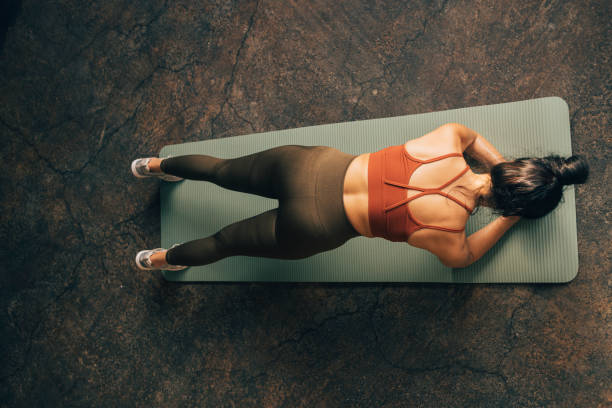
Here are five great reasons why daily planks should be part of your workout routine:
- Strengthens muscles throughout your core including rectus abdominis, obliques, hip flexors and lower back extensors like no other single exercise can
- Improves stability and balance as core becomes more stabilized
- Helps alleviate back pain by improving posture and spine alignment
- Can burn up to 10 calories per minute depending on your fitness level
- Takes just 60 seconds per day with great results—easy to fit into any schedule
Now let’s dive into exactly how to perform an effective 60-second plank daily and reap all these helpful benefits.
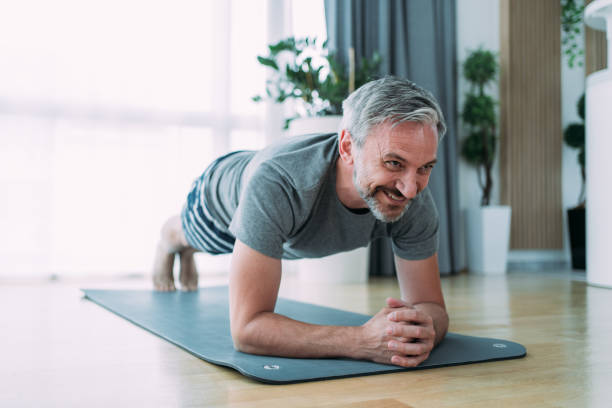
How to Perfect Your Plank Form
Many people try planking but can’t hold the position properly or for very long. Thankfully, perfecting your form helps you master a 60-second plank relatively quickly:
- Lie face down with forearms on floor, hands clasped
- Extend legs straight back, balancing on toes
- Keep back flat, head neutral and core braced—don’t sink or pike hips
- Hold steady for 60 seconds, breathing normally
Common mistakes like sagging hips, arched back or tense shoulders can cause back strain rather than core activation.
Avoid injury and get better results by focusing on good alignment from head to toe:
- Keep shoulders squared over elbows, don’t hike them up.
- Maintain neutral neck and spine, don’t crane or drop head.
- Engage glutes to prevent sagging hips and keep legs active so knees don’t touch floor.
- Concentrate on steady breathing rather than collapsing from fatigue.
Plank Variations to Reduce Difficulty
The simple center plank provides a low-impact yet highly effective core challenge for most beginners. But standard planks may still be too difficult at first.
Instead of giving up, try these easier plank modifications:
Incline Plank
- Stand facing high incline bench
- Place forearms on bench with elbows under shoulders
- Extend legs straight back, balancing on toes
- Keep back flat and brace core

Raising your body to an incline reduces difficulty until you build sufficient strength.
Knee Plank
- Get in push-up position but drop to forearms instead of hands
- Extend one leg straight back, resting on toes
- Bend other knee and rest on floor
- Keep hips low, core tight and back flat

Dropping one knee removes tension so you can maintain good form while building endurance.
Wall Plank
- Stand facing wall, arm’s length away
- Lean torso forward, planting forearms on wall at shoulder width
- Extend legs straight back from wall, resting on toes
- Keep hips squared under torso, brace core

Wall planks let you practice technique with little muscle exertion until ready for floor version.
Once you perfect form on these starter planks, you’ll quickly gain capacity to hold a solid 60-second floor plank!
Plank Variations for Added Intensity
Standard planks rapidly boost core strength—but basic moves eventually hit a plateau.
Here are a few challenging plank additions to incorporate once you’ve mastered solid 60-second holds:
Single-Leg Abduction Plank
- Start in center floor plank position
- Keep hips steady, core tight
- Slowly raise one foot 4-6 inches off floor
- Hold 5 seconds then alternate feet
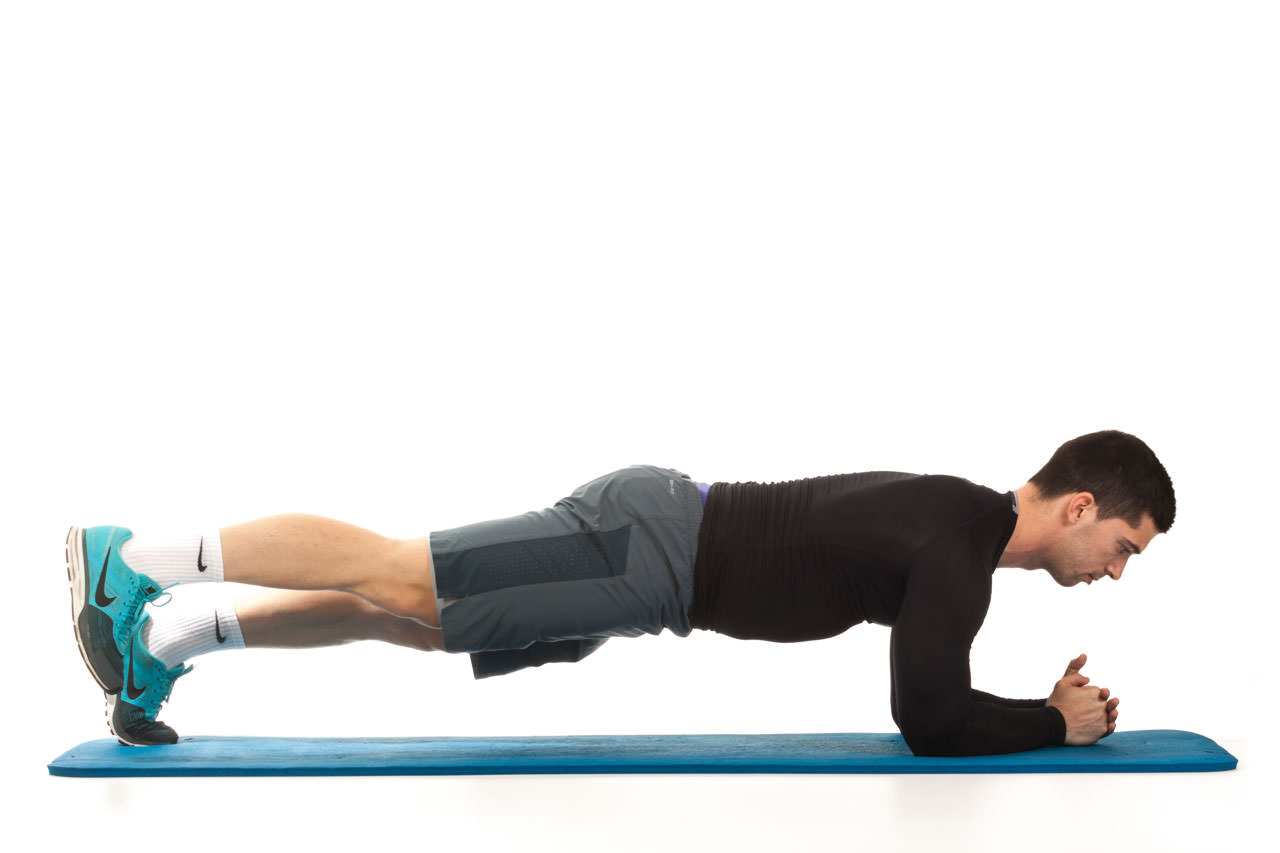
Raising each foot turn by turn doubles tension through your core obliques.
Alternating Hip Touches (Rainbow Planks)
- Start in solid floor plank form
- Keep core muscles flexed
- Slowly twist hips sideways, rotating torso
- Return to center and alternate twist
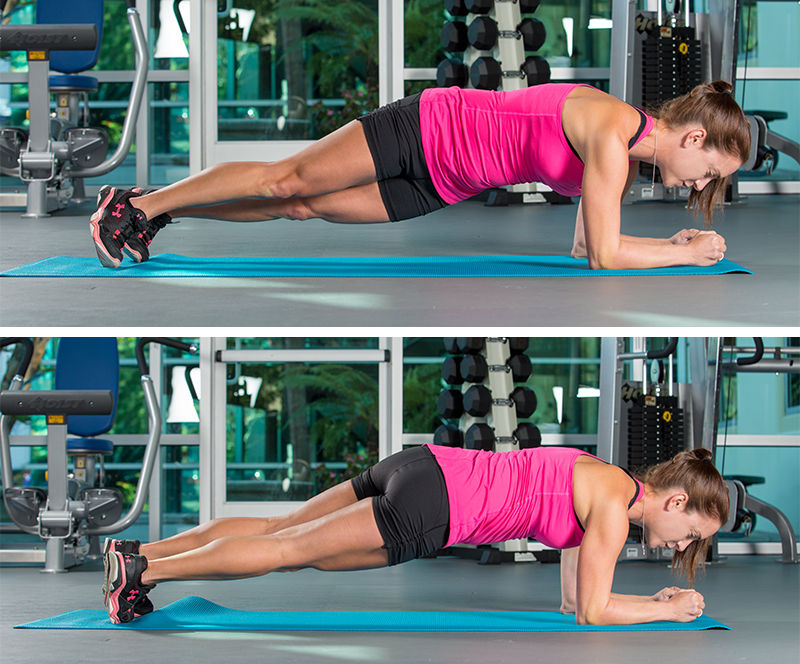
Controlled rotations challenge multiple muscle groups at once.
Plank Jacks
- Start in proper floor plank pose
- Jump feet wide then immediately back narrow
- Keep hips low, core engaged throughout
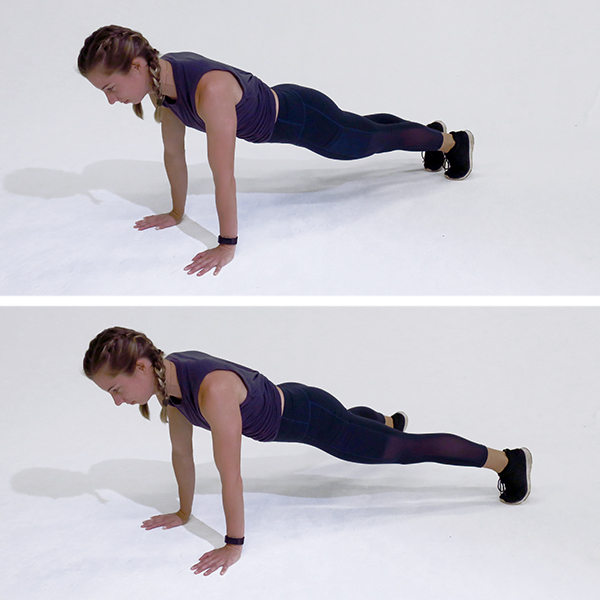
The explosiveness of plyometric plank jacks cranks intensity way up!
Plank Up-Downs
- Start in high plank, arms straight
- Keeping body straight, bend elbows lowering down
- Straighten arms back up raising torso
- Repeat push-up plank motion
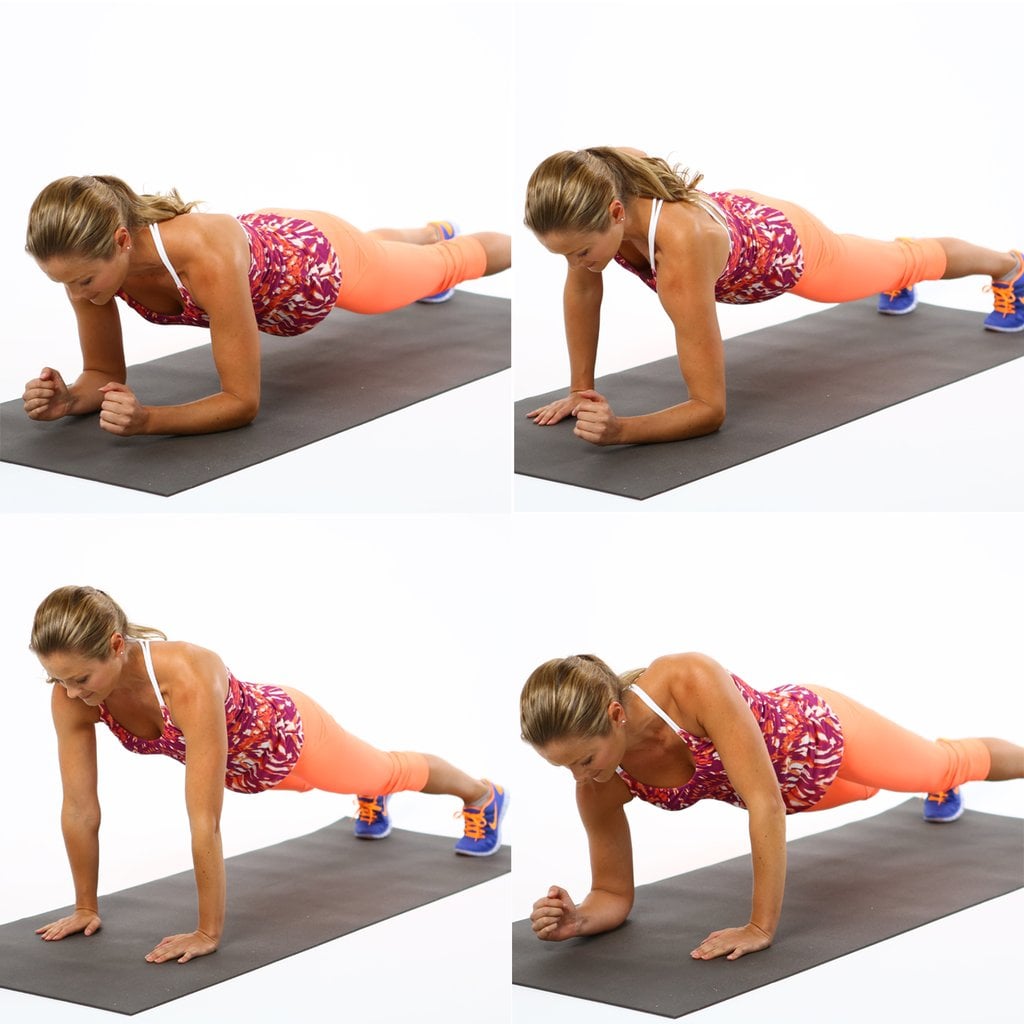
Raising and lowering your center of gravity makes ordinary planks much harder!
Sample Plank Routine for Every Day
Now that you know how to tailor planks to your current capability, check out this sample routine to upgrade your workout daily:
Monday: Incline Planks
Stand facing a high bench or platform, walk hands forward, extend legs behind you, hold for 60 seconds x 3 sets
Tuesday: Standard Planks
Floor plank resting on forearms & toes, keep hips lifted and core braced for 60 seconds x 3 sets
Wednesday: Single-leg Knee Planks
Forearm plank with one leg hovering off floor, hold 30 seconds each side x 3 sets per leg
Thursday: Wall Planks
Stand facing wall with forearms planted, body leaned forward, hold 60 seconds x 3 sets
Friday: Rainbow Planks
Floor plank while fully rotating torso side-to-side, spend 30 seconds per side x 3 sets
Saturday: Standard Planks
Repeat floor plank 60 seconds x 3 sets
Sunday: Rest Day
This regimen allows you to ease into daily planking starting out at an accessible incline, building capacity each week until you can hold proper form during the challenging rotational version.
Rest on recovery day so muscles repair and get stronger.
Within a month of sticking to these daily plank workouts, you should feel real improvements in core stability, posture and strength!
Here's a Quick Plank Exercise Summary:
- Holding a 60-second plank every day intensely works all core muscle groups at once
- Master proper technique—neutral head/neck/spine, flat back, braced core and active glutes
- Start with incline or knee planks to reduce difficulty until core strength increases
- Advance to more dynamic versions like single-leg abductions or rotations to keep challenging muscles
- Take one rest day per week for maximum results
While a minute-long plank may sound easy, keeping perfect posture for that relatively short time delivers a super effective quick core workout you can strategically build upon.
Commit to these center, side and rotational plank exercises each day and you’ll see your midsection get stronger fast!
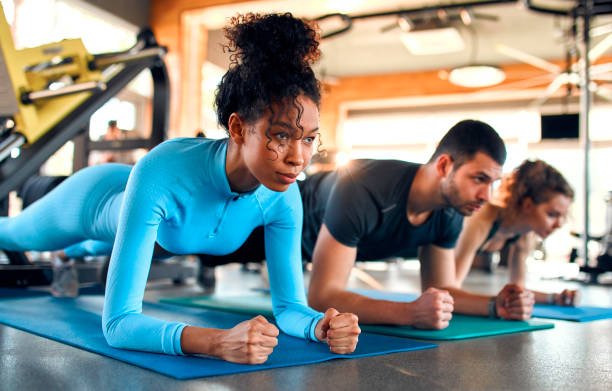
Frequently Asked Questions on Planking
What are the benefits of planking every day?
Planking every day for just 60 seconds helps strengthen core muscles including your abs, hips, back and shoulders. It improves posture and stability, reduces back pain, and burns calories with this simple yet challenging exercise.
How do I properly perform a plank exercise?
To perform a solid plank, lie face down with forearms on the floor, hands clasped. Extend legs straight back on your toes. Keep your head neutral, back flat, and brace your core without sagging or arching. Hold for 60 seconds while breathing evenly.
Which muscles does planking target?
Planks target all of your core stabilizing muscles including rectus abdominis, obliques, quadratus lumborum, transverse abdominis, erector spinae, and more. These core muscle groups provide foundational strength to properly execute compound lifts.
What are some plank variation exercises I can do?
Some plank variation exercises include:
- Side planks: Supporting with one forearm stacked below shoulder
- Single-leg planks: Extending one leg straight back
- Plank jacks: Jumping feet wide and narrow while in plank position
What if I can’t hold a plank for 60 seconds?
If you can’t yet hold a 60-second plank, reduce difficulty by starting with incline planks or wall planks. You can also try resting on your knees instead of toes in plank position. Build gradually until you have the core strength to hold proper technique for 60 seconds.
What is the best plank exercise for posture?
The standard floor plank engages core muscles essential for good posture like your transverse abdominis. Work on keeping your shoulders over elbows, spine/neck neutral and your core braced—this teaches proper spinal alignment.
Will doing planks help reduce belly fat?
Planks alone don’t specifically target visceral belly fat. However, by building core strength they help boost metabolism and burn more calories per minute than some other ab exercises. Create a caloric deficit through diet and cardio too.
How many seconds should a beginner plank for?
If new to planking, start with shorter 10-30 second holds for proper form. Allow muscles to gradually adapt for longer 60 second holds over 2-3 weeks of consistent practice rather than pushing to fatigue.
What mistakes do people make planking?
Common plank mistakes are dipping hips, strained breathing, tight shoulders, arched back, lack of glute activation and poor neck/head alignment. These lead to back strain rather than effective core strengthening.
Can planks help relieve back pain?
Yes, by strengthening core musculature, planks improve spine stability and take pressure off your lower back. Hold perfect posture during the exercise and results translate to better alignment in everyday life.
For More Training Advice + Diet and Lifestyle visit us RIPL Fitness
PS: Make sure you check out the rest of our Ab Training Guides:
Lionel Messi Shows Off Shredded Ab Workout
21 Best Cable Ab Exercises For A Strong Core & Ab Workout
Best Ab Exercise Mat: Get a Full Range of Motion Ab Mat Workout

